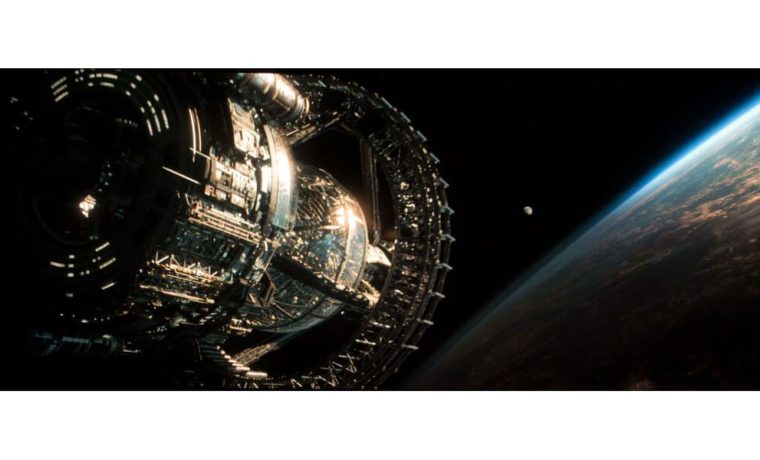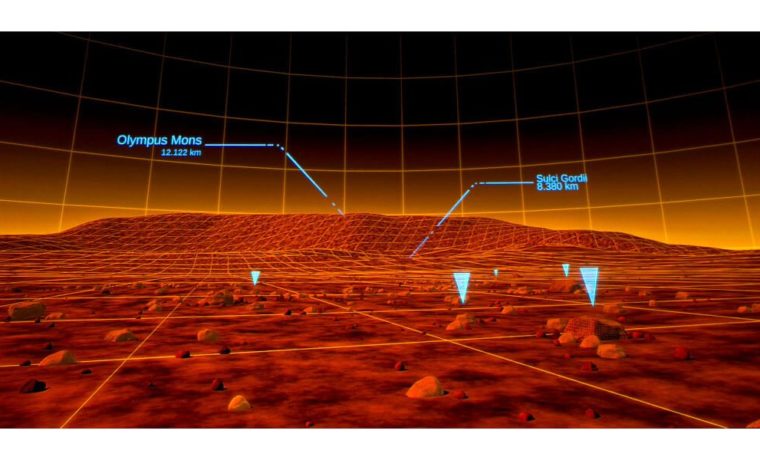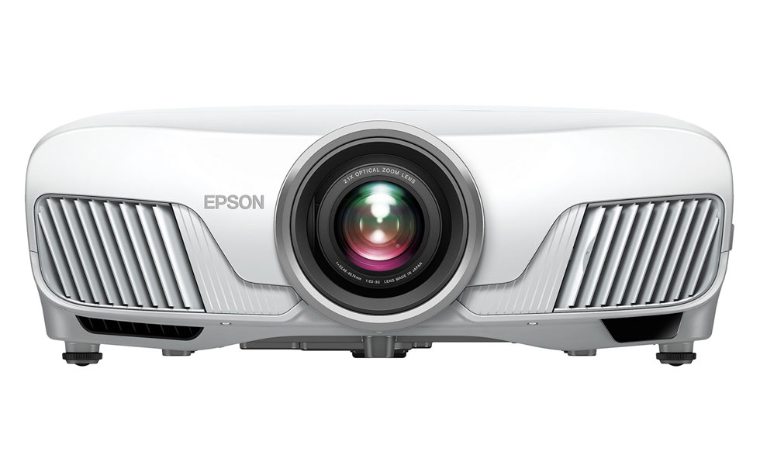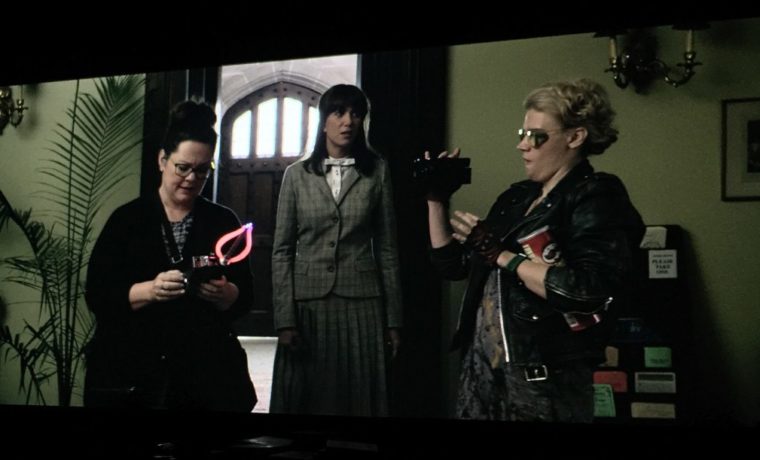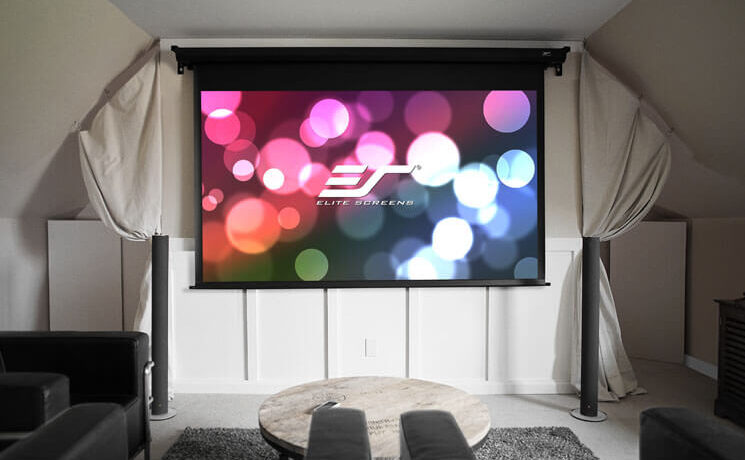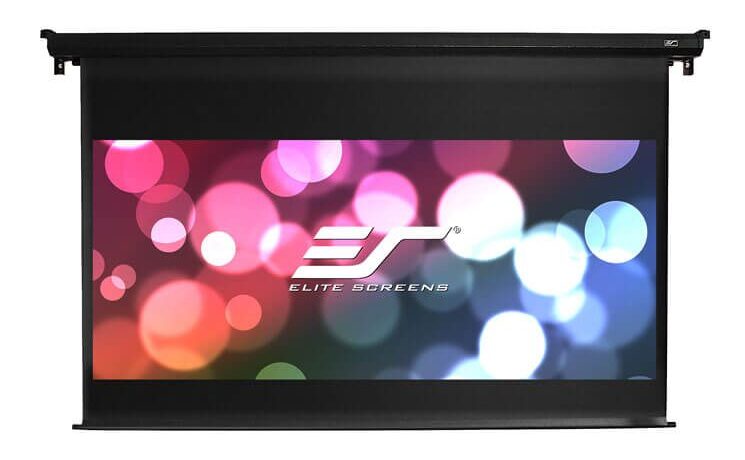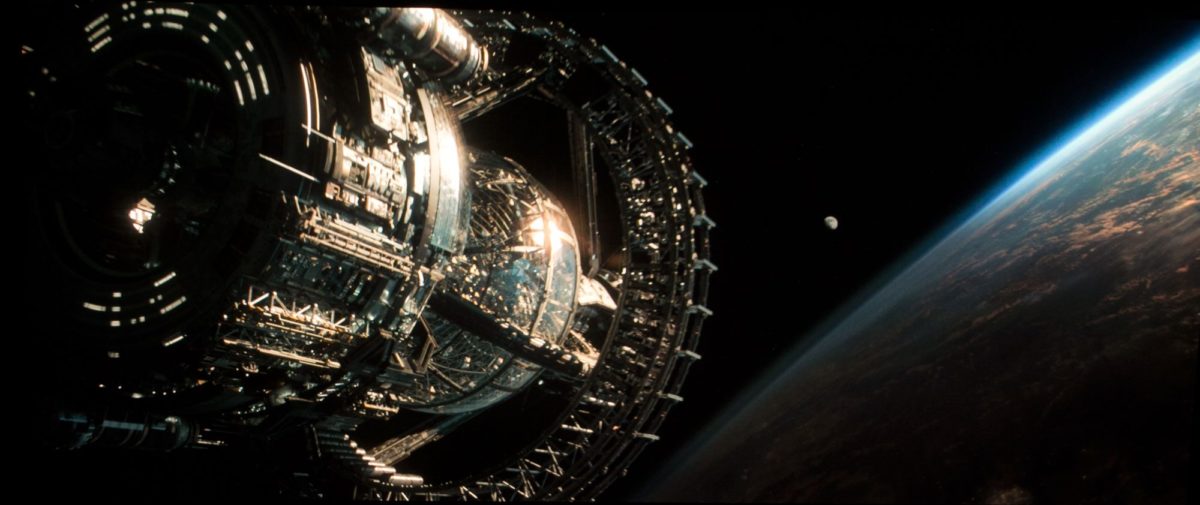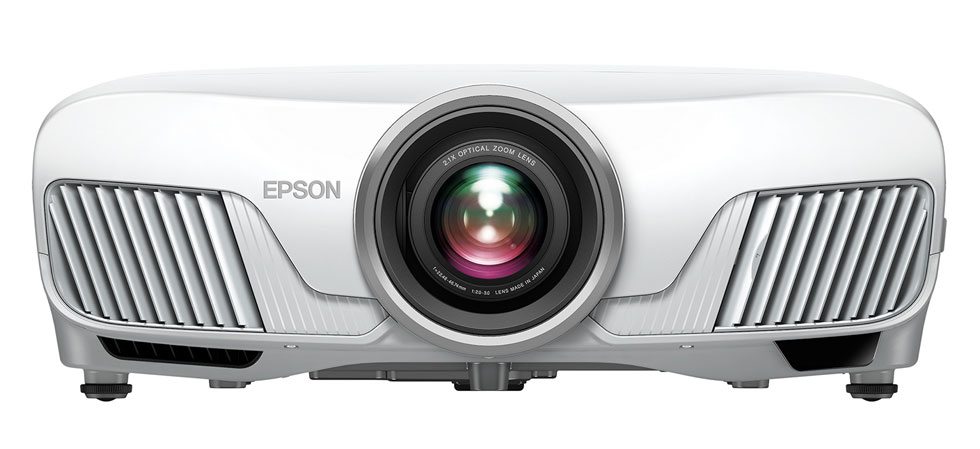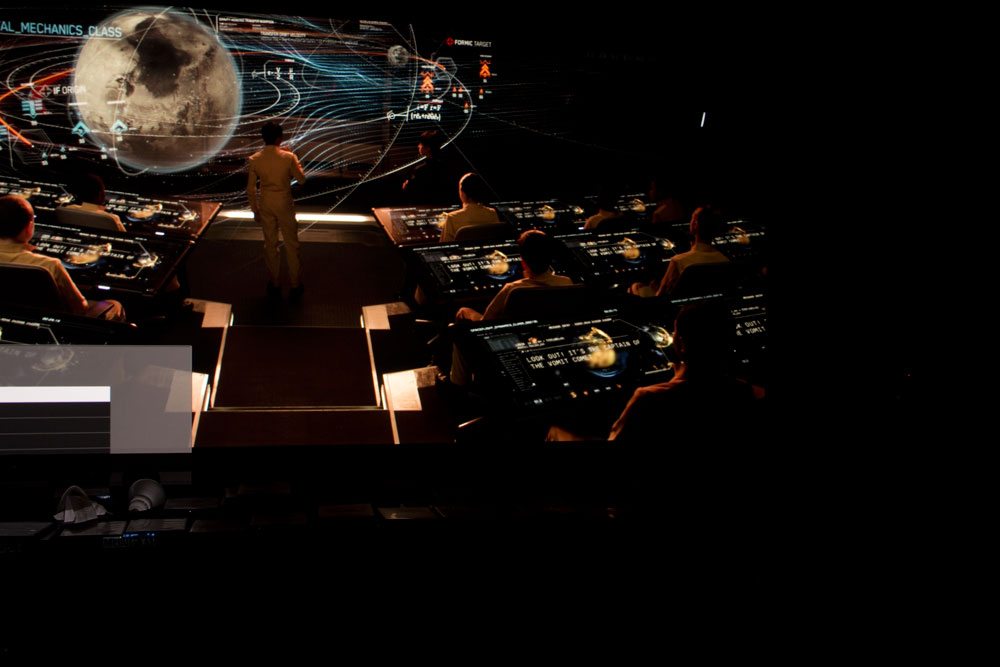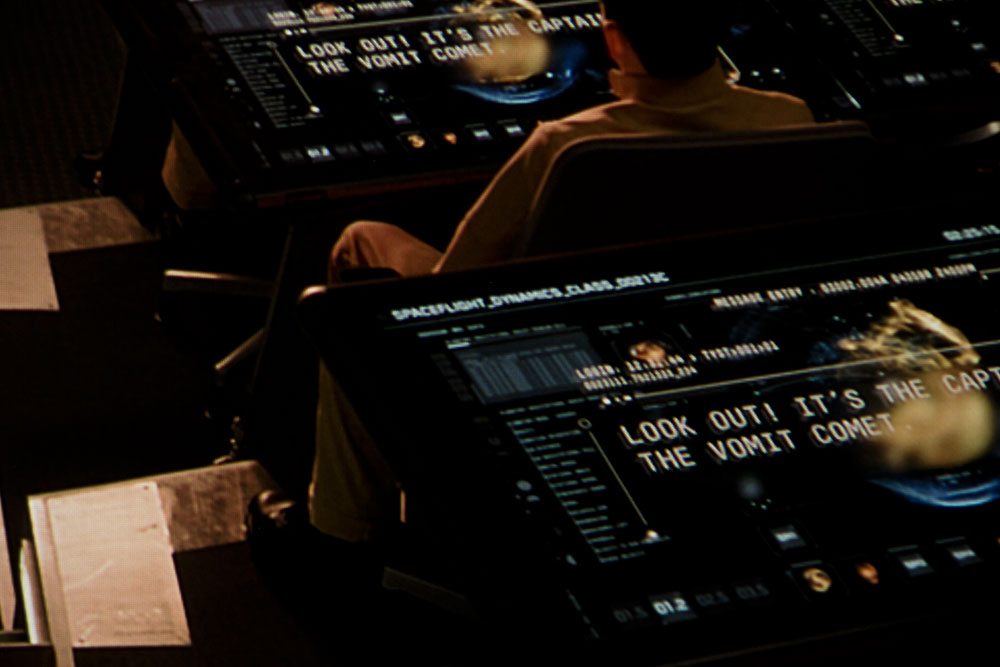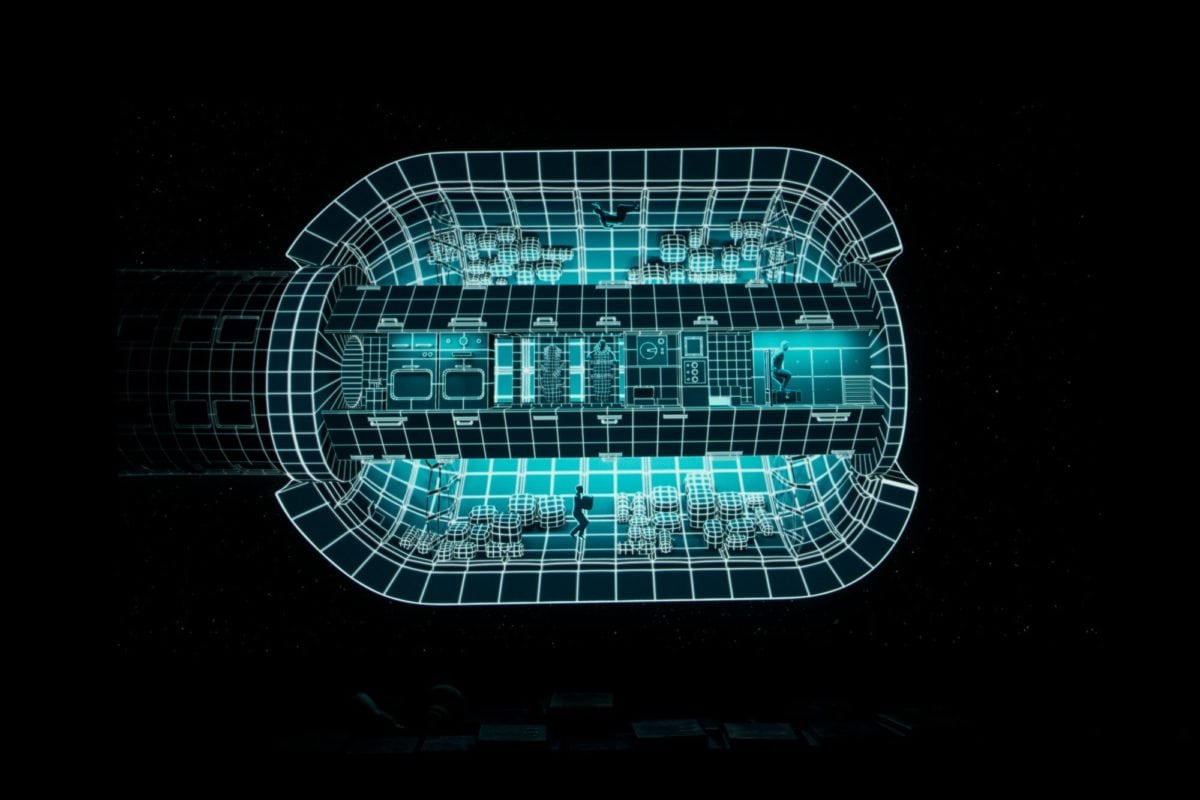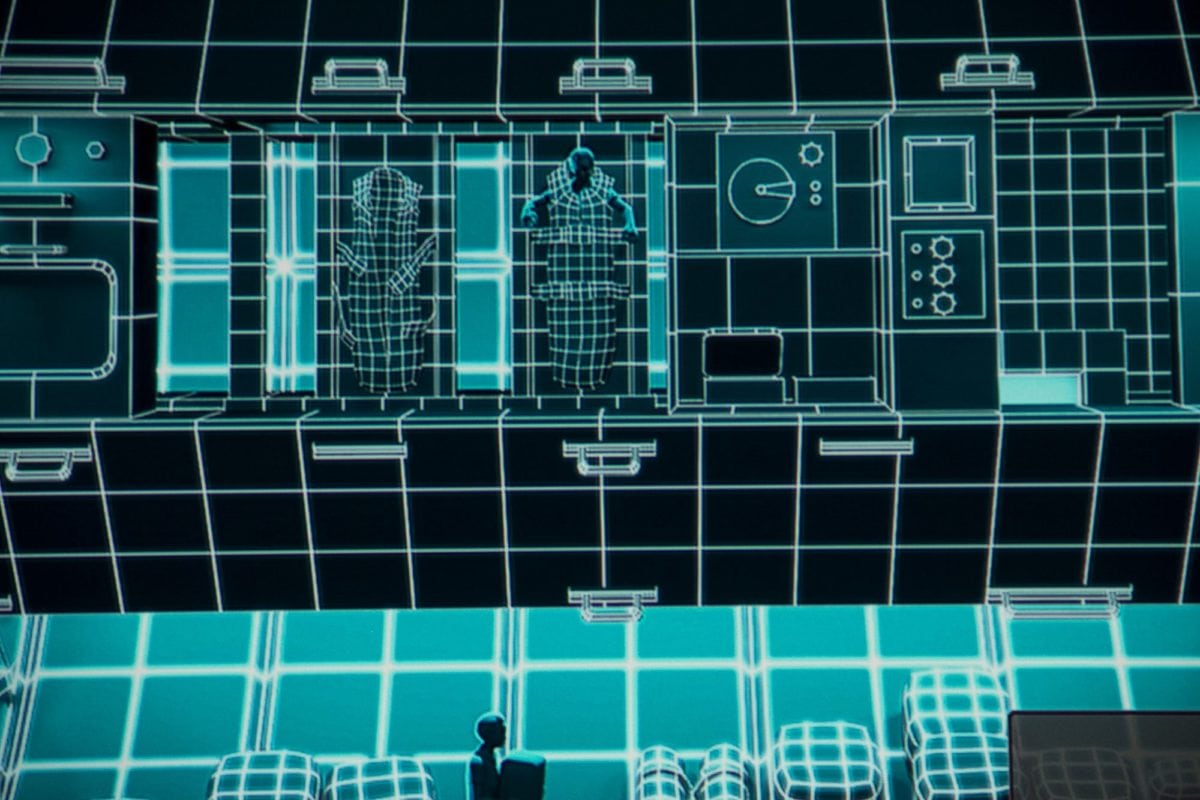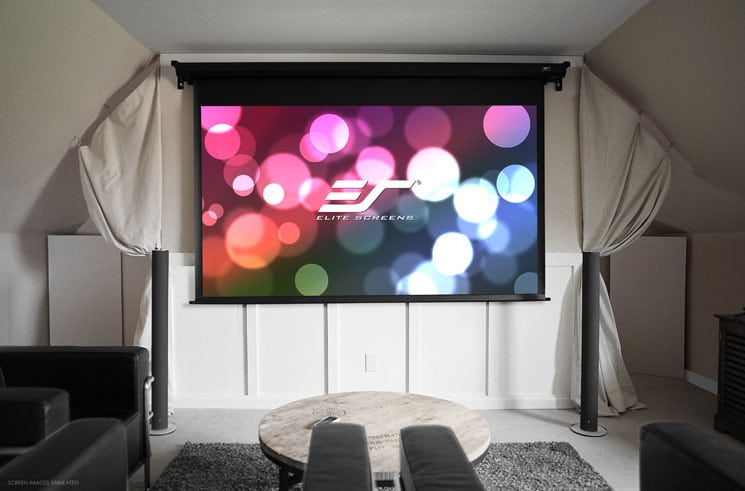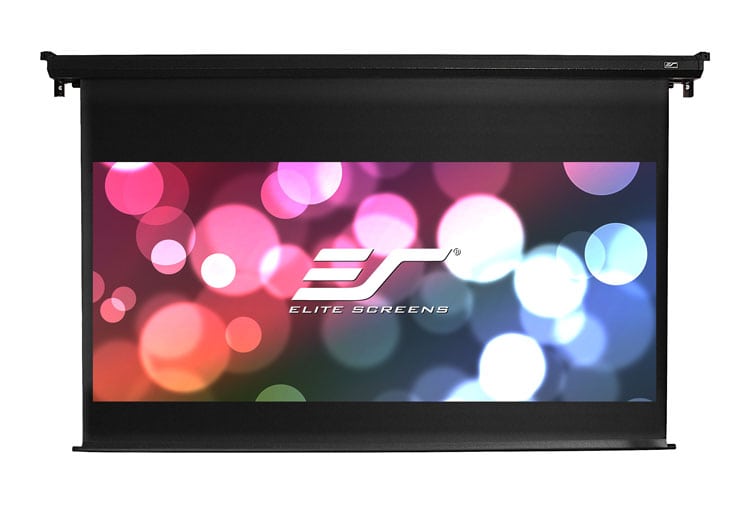Once again, the holidays are upon us. This is prime season for folks to fulfill their dreams by buying great home theater projectors - and home entertainment projectors, and enjoying movies and TV like never before! Today we serve up what we consider four of the very best home theater and home entertainment projectors selling for $2500+. And we feature a pair of great screens too!
Now that more than a year of depressing presidential campaigns is behind us, we all deserve a break! Something fun to watch instead! Treat yourself to one of these great home theater projectors. Watch some sports, HDTV, or a great movie and try to forget the torture that has been inflicted upon us month after month.
OK, I'm done with politics, let's focus on taking you to the next level of enjoyment when it comes to watching great content. Let other foolish people watch spectacular movies on their tiny cell phones and tablets. Or, for that matter, watching a a great movie or sporting event on a nice little 65" LCDTV, may sure beat the experience of watching it on a phone, but watching it on a 90-130" diagonal screen is a whole different world of immersion and a higher level experience. You'll love it!


